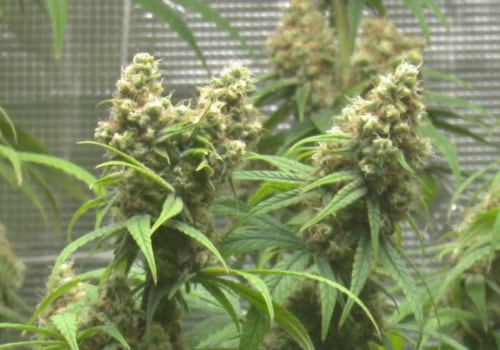The history of hemp prohibition in the US is a complex one, with a variety of factors contributing to its eventual ban.
Hemp
was declared illegal in 1937 with the passage of the Marijuana Tax Act, which made it difficult for farmers to produce hemp. This law was reinforced by the Controlled Substances Act of 1970, which labeled marijuana and its components as hallucinogenic and prohibited hemp under this law. The CSA did not directly ban hemp for industrial purposes, but instead required producers to obtain a permit from the Drug Enforcement Administration (DEA).Aside from prohibitive legislation, corporate interests have also been influential in the prohibition of hemp. The theory is that marijuana was banned because the invention of a machine called a decorticator made it possible to produce hemp products at a much lower price. However, based on their chemical differences, it is clear that hemp and marijuana are not the same. Two weeks ago, the North Carolina House of Representatives and Senate passed a bill that would legalize industrial hemp production in the state. The Hemp Industries Association has called the Marijuana Tax Act of 1937 the beginning of the hemp ban, as it made it difficult for farmers to produce hemp. The definition is broad and labels marijuana and its components as hallucinogenic, leading to the prohibition of hemp under this law.
Federal policies, reinforced by the Controlled Substances Act of 1970, virtually banned the production of industrial hemp during the war on drugs. In conclusion, there is speculation that hemp was banned because it looks the same as marijuana, but based on their chemical differences, it is clear that the two are not the same. The War on Drugs may seem like a world away from the advances that are being made through federal hemp policy and state marijuana laws, but federal marijuana prohibition continues.







